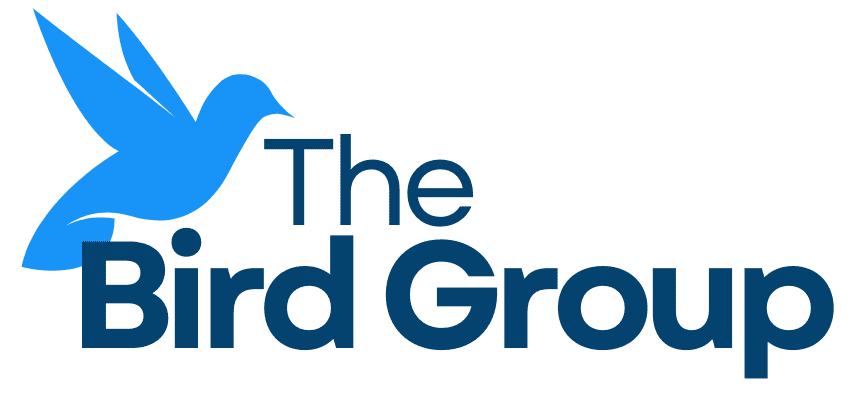There is universal agreement that growth companies generally get the best multiples from the investment community, whether in financial services or elsewhere. While a lift out of a talented group of bankers will give you a growth spurt, it is the elusive, consistent growth everyone seeks. Is there a process or a system you can build into your thinking and management process to increase the likelihood of growth meaningfully?
Analysis shows that there must be since companies continue growing effectively during lean times and good times. Achieving such consistent results implies an inherent approach to growth that works. The market recognizes these consistent-growth companies and rewards them with meaningfully higher valuations.
High-growth companies are hard-wired for growth. They invest in capabilities, resources, and strategies that consistently drive growth. Research indicates that the critical elements of the “growth machine” include:
1. A truly compelling value proposition.
First and most importantly, focus on an optimal customer outcome and less on the process to get there. While the process is critical (to avoid abandonment, etc.), the result for the customer is the ultimate selling point. It needs to be crisply articulated, a unique promise, and avoid all the usual buzzwords to describe it. Identifying gaps in successful outcomes for your target market is the first step toward achieving a compelling result. Carve out your product offering around unmet needs that will solve a non-trivial customer need for your target market.
2. Investment in capabilities that facilitate the delivery of the value proposition.
Develop a detailed and precise description of the value chain needed to produce, market, and deliver your unique, compelling outcome. The key is the specificity of all resources, data, etc., that are required to get the job done. You can’t skimp here, or you’ll lose the compelling result. This doesn’t mean all systems and processes must be home-owned, home-grown, and home-delivered. An outsourcing network is a viable option, and much care should be given to composing such a network. We’ve been burned time and time again by perfect systems that are unmanly to talk to others, too rigid to change, or simply fail.
3. Building a scalable operating model
Scalability is one of our Achilles’ heels. We lean toward customization, which is the enemy of scalability. We often believe our competitive advantage lies in the customized solutions we offer. However, scalability cannot be achieved with a bias toward customization; it increases costs, slows the process down, and becomes less valuable to large segments of the market that do not look for that specific customization output.
It behooves all of us to identify a key element in the value chain that can be simplified to improve the timeliness of response and pain points or cost reduction. That step will also help us create a competitive advantage and possibly a barrier to entry for others.
4. Continuous learning and adaptation
Once the product is up and running, including all its support systems and marketing infrastructure, we must vigilantly look for additional improvements and market innovation that might render the customer outcome less relevant or valuable. This vigilance required resources way beyond the occasional conference or Money20/20. We must continue looking for white spaces where opportunities are still open and improve any of the value chain elements.
5. Continuous resource reallocation based on real-time results.
Fast Failure is a term we use often and practice rarely. Growth companies need to reverse that imbalance to ensure proper resource allocation based, in part, on real-time returns and redirect resources to greater customer impact and return opportunities. The first step to executing this success factor is wrapping your arms around the entire investment in growth. Know where your point of departure is, even if it rests in numerous lines of business and support functions.
This article may sound theoretical. It should not be so. Even if many of us resort to acquisitions to ensure growth, a process as described above will free you from that one-off, then repeat the approach.
Give this “growth process” a try; let your best minds focus on the first step. You can invigorate your growth machine for years to come and have customer retention, employee engagement, and valuations to show for it!
